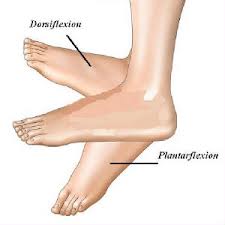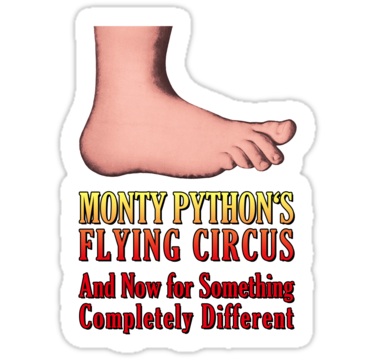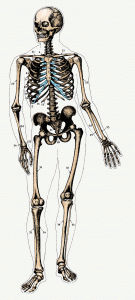If you’re looking for Part I you can check it out here.
6) The gap between fitness and rehab is closing rapidly.
Some are happy about this. Some are not. But, the fact of the matter is that the gap is closing.
That said, the vast majority of fitness professionals know nothing about successful rehab… or fitness. Terrifyingly, the same is true for medical professionals. Too many people are waiving around pieces of paper they got in a classroom while rocking a terrifying 80% failure rate (if they even know what their failure rate is).
More fitness pros are learning to get and keep people out of pain, and more medical pros are using better techniques and discharge criteria. We need this. But we also need more cooperation between the fields and less complaining about who is stepping on whose toes. Hopefully we got into these fields to improve the lives of those we work with, not to line our pockets (and if you got into fitness or rehab to line your pocket, you have dubious math skills).
Warning! Rant ahead:
It used to be that physical therapists were complaining that people with back pain run to the chiropractor’s office instead of the physical therapy clinic. Now we hear more and more complaints about how people are running to personal trainers and strength coaches to deal with their back pain and other orthopedic problems. The fact of the matter is that physical therapy has some powerful tools, but not enough therapists know how to use them and fewer have effective systems to make practical use of the tools they have. There are personal trainers and strength coaches who are making names for themselves by successfully managing orthopedic problems where therapists have failed. And I guarantee the tools they are using are direct from continuing education aimed at medical professionals. I also guarantee that the reason these trainers and coaches educated themselves in therapeutic techniques is that they were inundated with people who were either discharged from therapy and still had pain and dysfunction, or who were completely misdiagnosed in the first place. We would all be better off if we learned more about each other’s skill sets while focusing on our own. For that future to occur, we all need to focus more on our continuing education and practical skills while building better communication between our professions.
Rant over. Sorry about that.
7) Take a deep breath.
In fact, take a bunch.
I didn’t really take learning and teaching breathing seriously until recently. I mean, we all know how to breathe or we’d be dead, right?
Now that I’m screening for it, I see more breathing dysfunction than I would have ever guessed. And cleaning up that dysfunction has elicited more unexpected benefits, in and out of the gym, than I ever would have guessed.
Most of us can benefit from better breathing patterns and less sympathetic nervous system activity. There are plenty of higher level techniques, but I’ve found great physical and mental benefit from just lying flat on the ground, getting into as symmetrical a position as possible, and taking diaphragmatic breaths for a couple of minutes. Give it a shot. This article will be right here waiting two minutes from now.
8) We’re ignoring the foot way too much.
I honestly believe this is a by-product of living and training in footwear.
The arch of the foot is a great place for most of us to start making improvements. I know a handful of people who have excellent arches in their feet. I know a handful of people who have such severe structural problems that good foot kinematics is impossible. For the rest of us in the middle, we don’t need orthotics (no matter what a podiatrist told us and sold us) and we have the capacity to change the way our whole body moves and feels by helping our feet do what they were meant to do.
Here’s an example of how the foot can cause negative impacts in distant regions of the body:
A foot that doesn’t have a good arch will pronate.

Which reduces the need for dorsiflexion in the ankle.

Together, those create a valgus knee position.

This leads to poor hip mobility and stabilization patterns, which leads to lumbar spine instability which leads to stiffness at the hips and thoracic spine, which leads to scapular instability and glenohumeral stiffness, which leads to shoulder problems, which leads to neck issues.
This isn’t the only direction (bottom-up) where a dysfunction can cascade into a series of problems in far reaching areas, but it is a stark reminder to take care of your feet.
Here’s a quick test for your arches. Does your arch start to disappear when you’re on your feet? If yes, can you get that arch back by sitting down and using your hands to bend your foot back into position? If yes, you can do something about your arches, and should. If you cannot bend your foot back into position, you’re probably a candidate for an orthotic and for spending more of your training time focusing on hip mobility and lumbopelvic stability. You should probably also train in your orthotics most of the time. For the rest of us, we can benefit from going barefoot in the house, choosing minimalist shoes, and, as much as possible, going barefoot in training.
Those are my highlights from 2013. Now on to 2014, a year in which I intend to learn more things in spite of my brain’s insidious plans.
Get notifications when we publish awesome new articles and content for the website (this is the only thing we will use your information for), please sign up for the newsletter.



